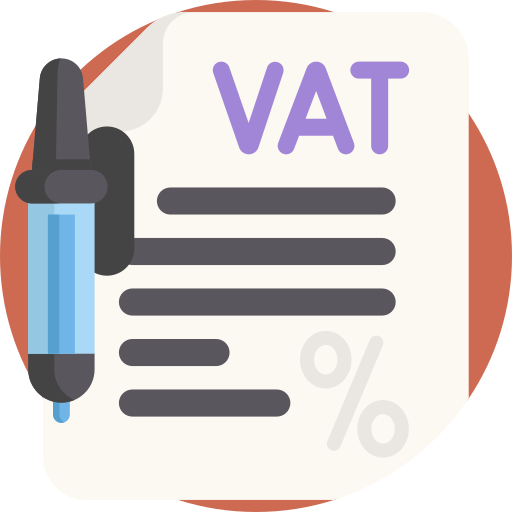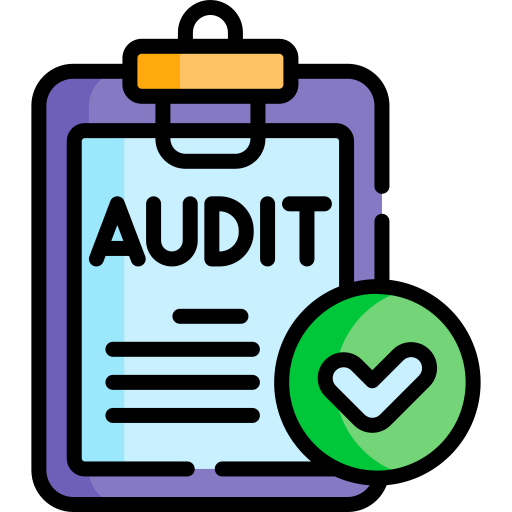Inventory Audit
What is an inventory audit?
An inventory audit is defined as the process of checking a company’s actual inventory levels against their financial records to ensure accurate inventory accounting. Inventory audits can be performed by the company or an outside auditor to identify any problems with the inventory storage and accounting methods a company is using. They can be as simple as counting physical stock levels and cross-checking against records, or as involved as hiring a third party auditor to assess all of your inventory.
Importance of Auditing Inventory
- Observation of inventory is a generally accepted auditing procedure, where an independent auditor issues an opinion on whether the financial records of inventory accurately represent the physical inventory being carried.
- Auditing inventory is an important aspect of gathering evidence, especially for manufacturing or retail-based businesses. It can represent a large balance of assets or capital.
- Auditing inventory must verify not only the amount of inventory but also its quality and condition to see whether the value of the inventory is fairly represented in financial records and statements.
Inventory Audit Procedures
Some common inventory audit procedures are:
An ABC analysis includes grouping different value and volume inventory. For example, high-value inventory, mid-value, and low-value products can be grouped separately. The items can be tracked and stored in their separate value groups as well.
Analytical procedures include analyzing inventory based on financial metrics such as gross margins, days inventory on hand, inventory turnover ratio, and costs of inventory historically.
The cut-off analysis includes pausing operations such as receiving and shipping of inventory while making a physical count to avoid mistakes.
Finished goods cost analysis applies to manufacturers and includes valuing finished inventory during an accounting period.
Freight cost analysis includes determining the shipping or freight costs for transporting inventory to different locations. Generally, freight costs are included in the value of inventory, so it is important to track the freight costs as well.
Matching involves matching the number of items and the cost of inventory shipped with financial records. Auditors may conduct matching to verify that the right amounts were charged at the right time.
Overhead analysis includes analyzing the indirect costs of the business and overhead costs that may be included in the costs of inventory. Rent, utilities, and other costs can be recorded as part of inventory costs in some cases.
Reconciliation includes solving discrepancies that are found in an inventory audit. Errors may be re-checked and reconciled on financial records.
















